Here are some essential things you must do after you drop your iPhone in water or after it gets drenched in rain, the shower, or other liquid. But first, some basics.
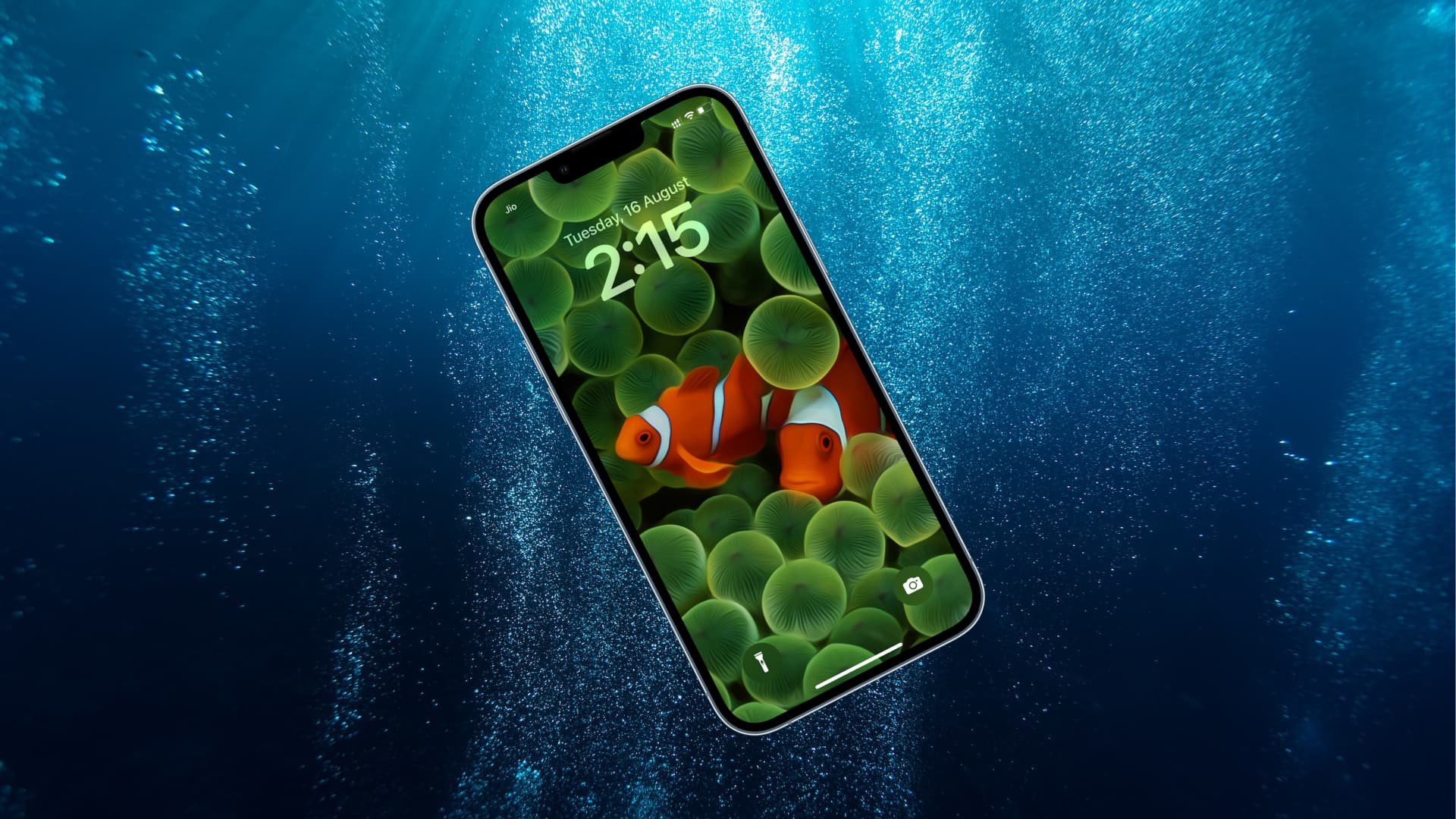
Is my iPhone waterproof or water-resistant?
Any iPhone ever released is not waterproof. Instead, the iPhone 7 and later are water resistant, which means they will protect your device from splashes of water, moisture, and dust. But there is no guarantee. And if water gets inside your iPhone and destroys it, Apple won’t take any responsibility, as liquid damage isn’t covered under the warranty!
But don’t get disheartened. The device should work fine if a glass of water, drink, or juice falls on your water-resistant iPhone in a restaurant, it gets wet in light rain, or it falls in a tub of water. However, make sure you follow the tips we explain below.
iPhone 7 and newer models have an official IP rating with varying degrees of depth and time they can be submerged in water. Here’s a table to help.
iPhone models and their IP ratings
These are the officially stated IP rating of iPhones as mentioned on their respective Apple Support technical specifications page.
No official IP rating
- Original iPhone to iPhone 6S
- iPhone SE (1st generation)
Rated IP67 (maximum depth of 1 meter up to 30 minutes)
- iPhone 7
- iPhone 7 Plus
- iPhone 8
- iPhone 8 Plus
- iPhone X
- iPhone XR
- iPhone SE (2nd generation) (2020)
- iPhone SE (3rd generation) (2022)
Rated IP68 (maximum depth of 2 meters up to 30 minutes)
- iPhone XS
- iPhone XS Max
- iPhone 11
Rated IP68 (maximum depth of 4 meters up to 30 minutes)
- iPhone 11 Pro
- iPhone 11 Pro Max
Rated IP68 (maximum depth of 6 meters up to 30 minutes)
- iPhone 12 mini
- iPhone 12
- iPhone 12 Pro
- iPhone 12 Pro Max
- iPhone 13 mini
- iPhone 13
- iPhone 13 Pro
- iPhone 13 Pro Max
- iPhone 14
- iPhone 14 Plus
- iPhone 14 Pro
- iPhone 14 Pro Max
- iPhone 15
- iPhone 15 Plus
- iPhone 15 Pro
- iPhone 15 Pro Max
What affects the water resistance of an iPhone?
Your iPhone’s water resistance capability isn’t a permanent characteristic. Regular use and wear over time may decrease water and dust resistance. Furthermore, the resistance may degrade if you often drop your iPhone in sea/salty water or if it gets frequent splashes of corrosive liquid like juices, drinks, etc.
Finally, a screen or battery repair (usually by non-certified technicians) can totally remove or diminish the resistance capability. So, it would be best if you took special precautions with your repaired iPhone.
Can I claim the warranty and free repair for liquid damage on my water-resistant iPhone?
You cannot, as liquid damage isn’t covered under warranty.
What to do after you drop your iPhone in the water
If your water-resistant iPhone was in the water or had a splash of water for a few seconds, the initial few tips mentioned below are enough. However, if your non-water-resistant iPhone fell in water or your water-resistant iPhone stayed submerged in liquid for a long time, you must follow almost all the tips mentioned here.
1. Immediately turn it off
Power off your iPhone the moment you take it out from the water or shake the liquid off. Switching it off is essential as it will prevent short circuits and major failures in case water has seeped inside the device. Once you turn off the iPhone, follow the remaining solutions.
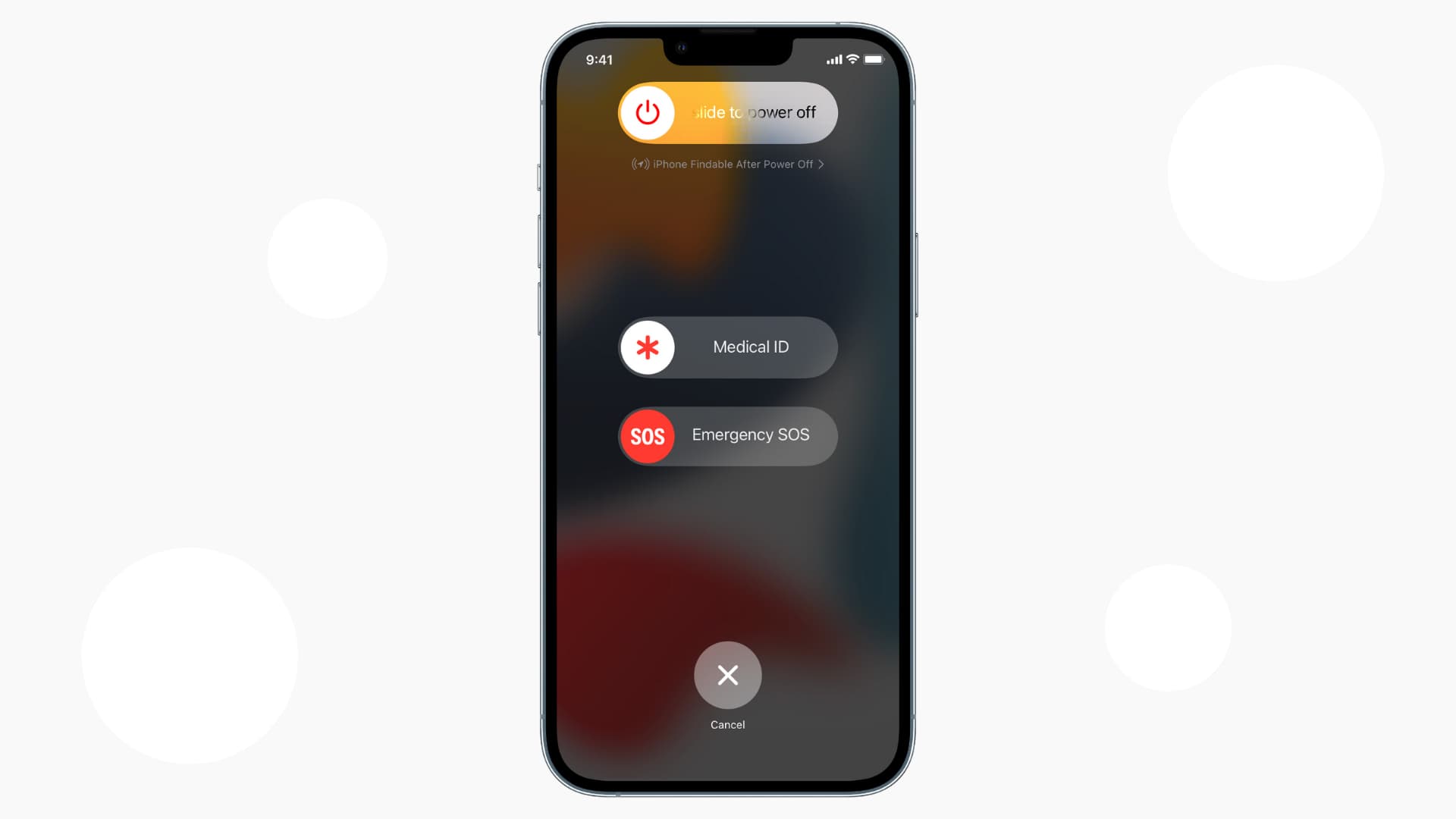
Caution: Under any circumstances, do not plug your wet iPhone into charging!
2. Remove the case
Water will stay stuck in the gap between the case and the iPhone. Slowly it may seep inside the SIM tray or weaken the water-resistant bond and get in. Plus, water has certain elements that can leave gray residues and become corrosive if left unaddressed. Therefore, remove the case and jump to the next tip.
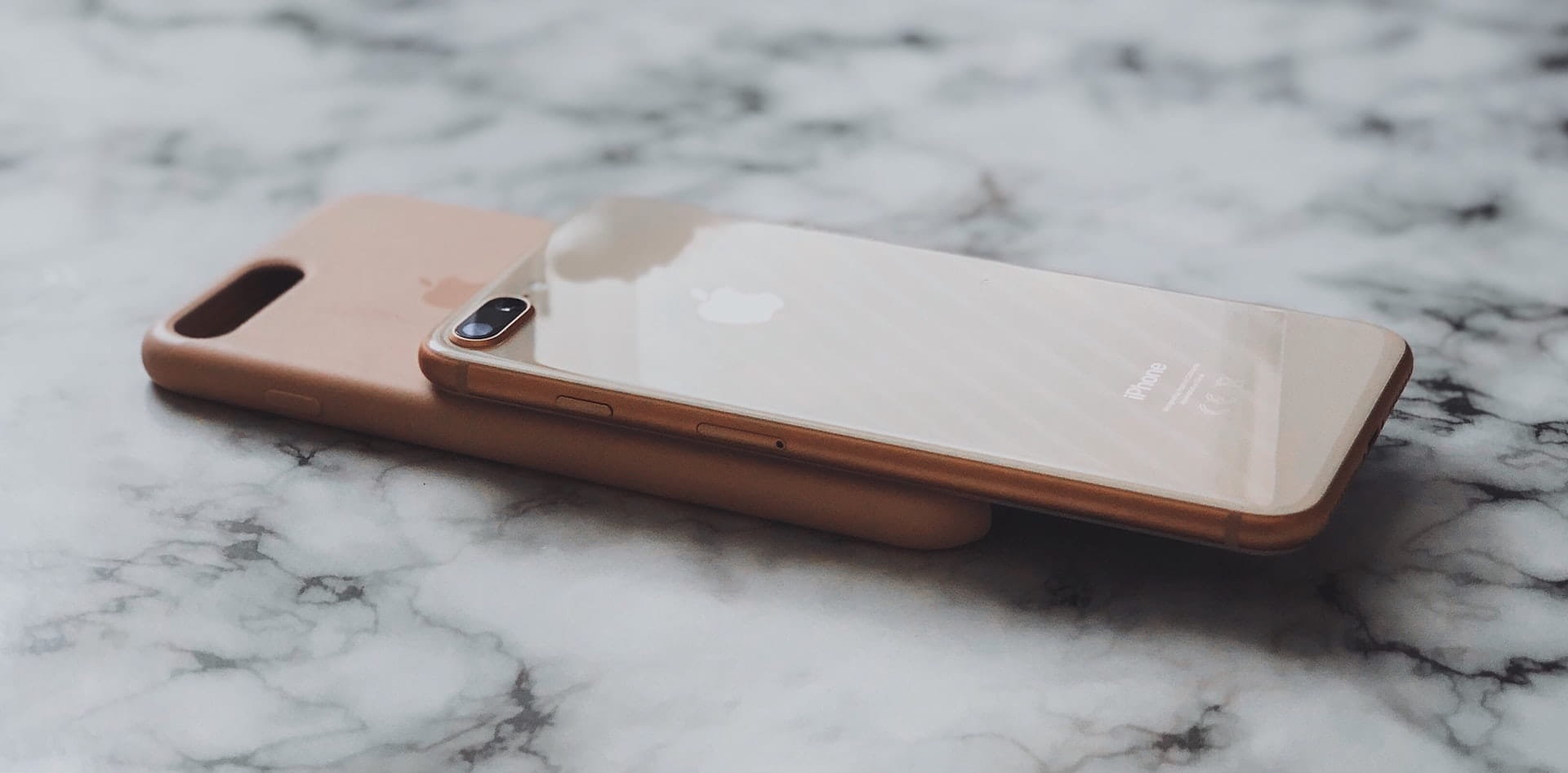
3. Wipe the iPhone carefully
Take a soft towel or piece of cotton cloth and wipe your iPhone to dry water from its surface. Get rid of water that may be stuck around the volume buttons.
4. Eject the SIM tray, and unplug cables, accessories
Once the phone is wiped and dry on the outside, hold it in such a way that the SIM slot faces down. This will ensure any liquid that may be stuck in the SIM tray casket slips due to gravity and doesn’t go inside.
Next, while holding the iPhone the same way, get the SIM ejector tool or one of its easy alternatives and take out the SIM tray. Shake your iPhone with the SIM slot facing down to push down any fine water droplets that may have gone inside.
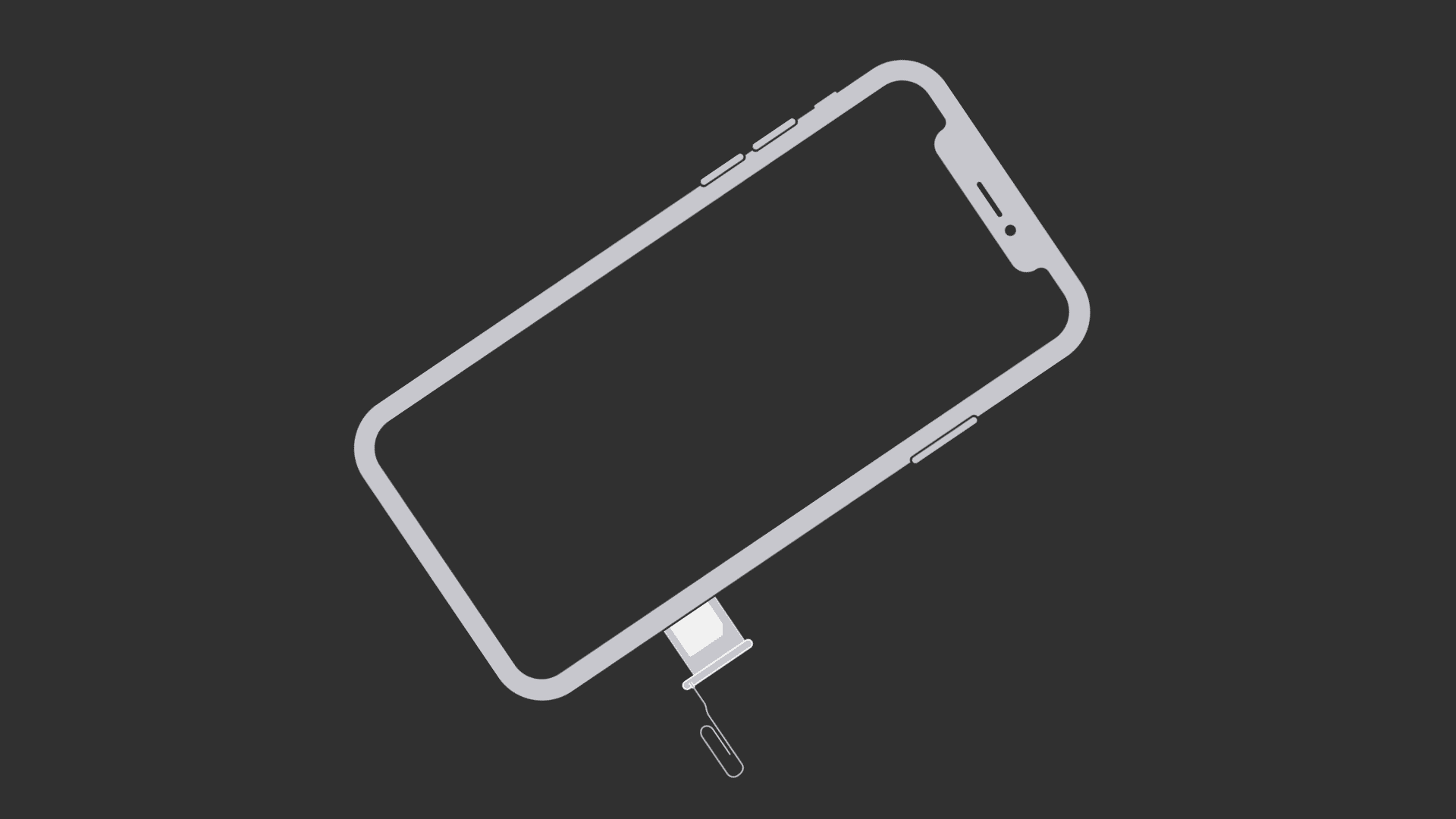
For now, keep the SIM tray outside the iPhone. Also, gently wipe the SIM card and keep it aside.
5. Let the iPhone dry
After following the above tips, just leave your iPhone to dry. Don’t power it on or insert the SIM tray.
6. Don’t put your iPhone in rice. Use silica gel bags instead
For a long time, people thought that putting your wet phone or electronics in rice helps. But that’s not entirely true. Unknown to most people, putting your iPhone in rice to dry can cause more trouble as tiny broken rice particles or its exterior polish or starch may block the speaker grills and line itself around the iPhone. Overall, it’s an impractical solution with no real benefit.
What you should do instead is get an airtight box, like a lunch box, put some silica gel packets in it, and keep your iPhone in this box for about 24 hours. You often get silica gel packets when you buy shoes and other household products. In case you don’t have some lying around, get it from a store or from Amazon: 50 packets of premium and safe silica gel
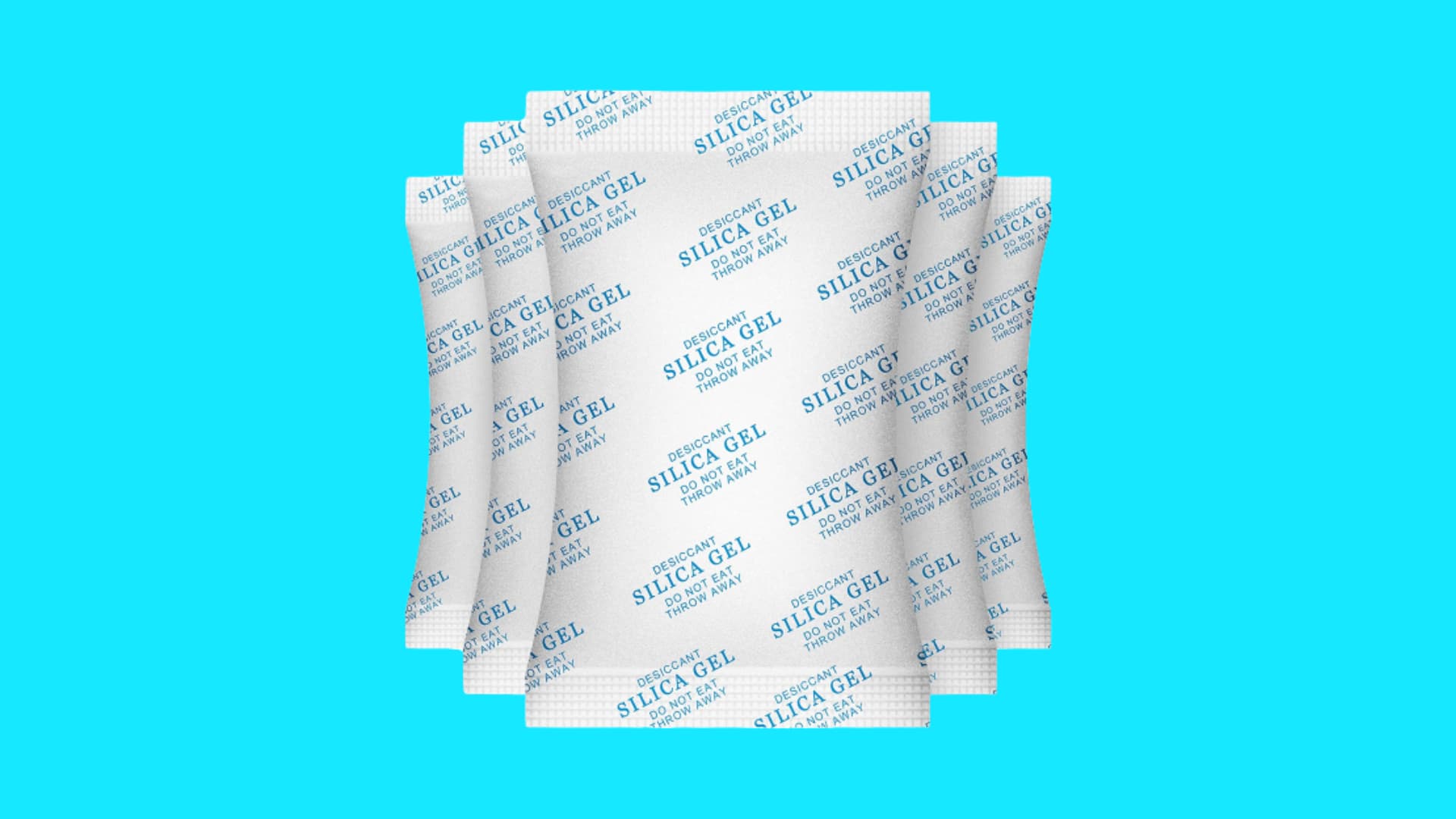
7. Eject water from the speaker holes
Next, use these free methods to eject water from the speaker grills. But they involve powering on your iPhone. So, do this only if your iPhone wasn’t submerged in water for a long time and when it’s safe to power it on.
8. Wait for a reasonable time, like 24 hours, and you’re now ready to use your iPhone
After following the above steps, you will have to take a forced break from your iPhone and leave it turned off for about 24-36 hours.
Once that’s done, power on your iPhone, and if it boots up, congratulations. Use it for a few minutes and ensure the touch screen, speakers, earpiece, and Lightning port are working correctly. Then insert your SIM card, put the case back on, and enjoy your iPhone like before.
9. Get your device inspected, but please don’t argue with Apple Genius. They know if you’re lying
In case your iPhone was submerged in water for an unreasonably long time, or its water resistance powers were non-existent, and it suffered liquid damage fixable beyond the scope of the above tips, your only option is to get it inspected by a technician.
Chat with Apple Support using another device or visit a nearby Apple Store/Apple-certified service center and get your iPhone fixed.
In the hope of getting the device repaired under warranty, some people debate with the technician and refuse to own that they (accidentally or intentionally) kept their iPhone in water for a long time.
However, arguing is of no use! iPhones have a Liquid Contact Indicator (LCI) near the SIM slot (one of the most obvious points of water ingress). If there is no water damage, the LCI is white or silver. However, if the water gets in the iPhone and comes in contact with the Liquid Contact Indicator, it changes its color to red. Even you can check this by taking out the SIM tray and shining a bright light inside to see the color.

Once the Liquid Contact Indicator is red, there is no disputing with Apple Store staff as liquid damage isn’t covered under warranty. It doesn’t matter if Apple showed you 50 advertisements showing the iPhone is water resistant or if you bought an expensive iPhone, especially for water protection. Water damage means you have to pay for the repairs! Unless you or your government successfully sue Apple, something like Australia’s Competition and Consumer Commission (ACCC) did with Samsung related to Galaxy phones with false water-resistance claims. Samsung agreed to pay the penalty.
Tips for the future to keep your iPhone safe from water
- Even though your iPhone is water-resistant, treat it as if it isn’t and take all the precautions to keep it away from water.
- Take care while shooting pictures near pools, beaches, bathtubs, etc.
- If your lifestyle frequently involves using your iPhone near water, invest in a waterproof case. You may also research and buy insurance that covers liquid damage.
I hope your wet iPhone didn’t suffer any severe damage and is working fine after following the above tips. If you have something else to share that may benefit fellow readers, please put that in the comment section below.
Check out next: